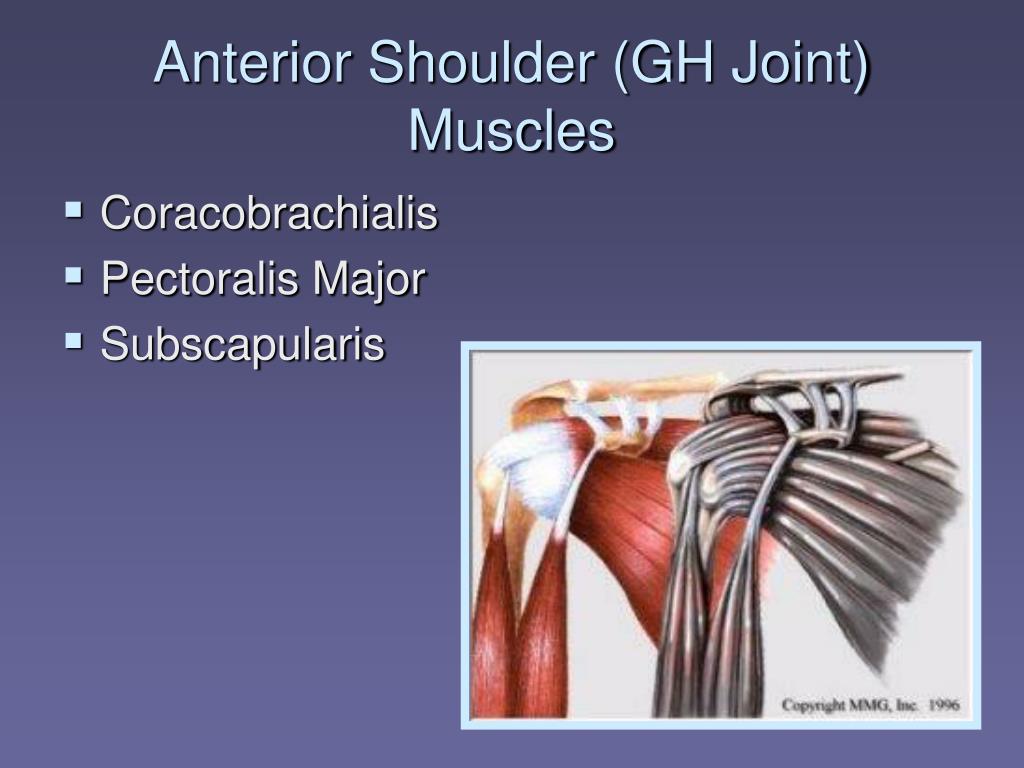

Horizontal flexion and extension are movements of the upper limb in the horizontal plane around a series of vertical axes these movements involve both the shoulder joint and the scapulothoracic “joint.” The upper limb abducts to 90ĭegrees in the frontal plane and calls intoĪction supraspinatus, trapezius, serratus anterior and deltoid fibers relating to Anterior deltoid and pectoralis major are the primary movers of the arm in this motion.
#Shoulder horizontal abduction full#
This range can be tested by simply placing the palm of one hand on top of the opposite shoulder to check if full range can be achieved. Normal range in horizontal adduction should be approximately 140 degrees. The end position for complete horizontal adduction is the same as that for adduction obliquely upward across the body. Horizontal adduction is movement in an anterior and medial direction. If this muscle is chronically overused, shortened or restricted, horizontal abduction can be greatly limited. Pectoralis major has a clavicular head and a sternocostal head so, if both heads contract, the humerus is able to produce adduction and medial (internal) rotation of the arm. The range of horizontal abduction is greatly affected by the length of pectoralis major. Posterior deltoid is the primary mover in this plane during repetitive actions. Horizontal abduction, also known as horizontal extension, is movement in a lateral and posterior direction 30–40 degrees in range. Horizontal abduction and adduction are movements in the transverse plane about a longitudinal axis. Many clients will need exercises broken into smaller motions before they can integrate the movements properly. Assuming this postural stance will limit shoulder ROM movements will not look ideal, nor will they necessarily be executed properly. This will cause a change in range of motion (ROM) of both If pectoralis major, pectoralis minor or serratus anterior becomes adaptively shortened, the shoulder girdle (unilaterally or bilaterally) will be set slightly anterior, or forward. If the shoulder girdle is set slightly posterior to neutral or slightly anterior, the movements of the humerus-such as rotation-will be altered owing to both glenohumeral and scapular positioning. Ideally, the shoulder girdle should move easily backward or forward from neutral (Figures 1–3). Movements of the shoulder girdle in the transverse (horizontal) plane involve movements of the scapula on the thorax. This article will sum up the dynamic range and “put the pieces together” to explain circumduction of the shoulder, which combines movements in all planes. Each of the muscles discussed has already been cited over the course of the series, which has included detailed anatomical illustrations and charts that define muscle origin, action and insertion (see “Resources” on page 38). This article wraps up the series by taking a look at dynamic shoulder movements in the horizontal plane (arm at 90 degrees from neutral, or 0 degrees from anatomical position). Although there are many other movement factors to consider in assessing the overall function of the shoulder, each of the past three articles provides insight into the movement “potential” the shoulder joint can obtain without obstruction. Over this series, primary movements such as flexion, extension, abduction, adduction and rotation have been discussed. Because the shoulder is an immensely complex structure, personal trainers must invest a significant amount of time and effort learning its “functional pathologies” and understanding basic anatomy in order to create sound exercise program design.

Medially rotates the shoulder joint stabilizes the head of the humerus.The past three Fine Anatomy articles have examined movements of the shoulder and the shoulder girdle. Upper subscapular nerve, lower subscapular nerve Shoulder joint abduction, flexion (anterior fibers), extension (posterior fibers), and (depending on patient position) internal (patient supine) and external rotation (patient prone). Medially rotates, adducts, and extends the shoulder joint.Ībducts, extends and internally rotates the shoulder.ĭeltoid (Anterior Fibers, Middle Fibers, Posterior Fibers) Thrusts shoulder forward tilts scapula anteriorly aids respiration.Ĭervical (C3, C4) nerve, dorsal scapular nerve Scapular adduction or retraction, elevation, and downward rotation.Īdducts and medially rotates the humerus. Responsible for assisting with shoulder flexion especially beyond 90º of flexion. Helps move/stabilize the scapula to allow normal shoulder motion especially shoulder abduction beyond 90º.Ībduction (protraction) of the scapula. Muscles of the Shoulder (with detailed examination links)


 0 kommentar(er)
0 kommentar(er)
